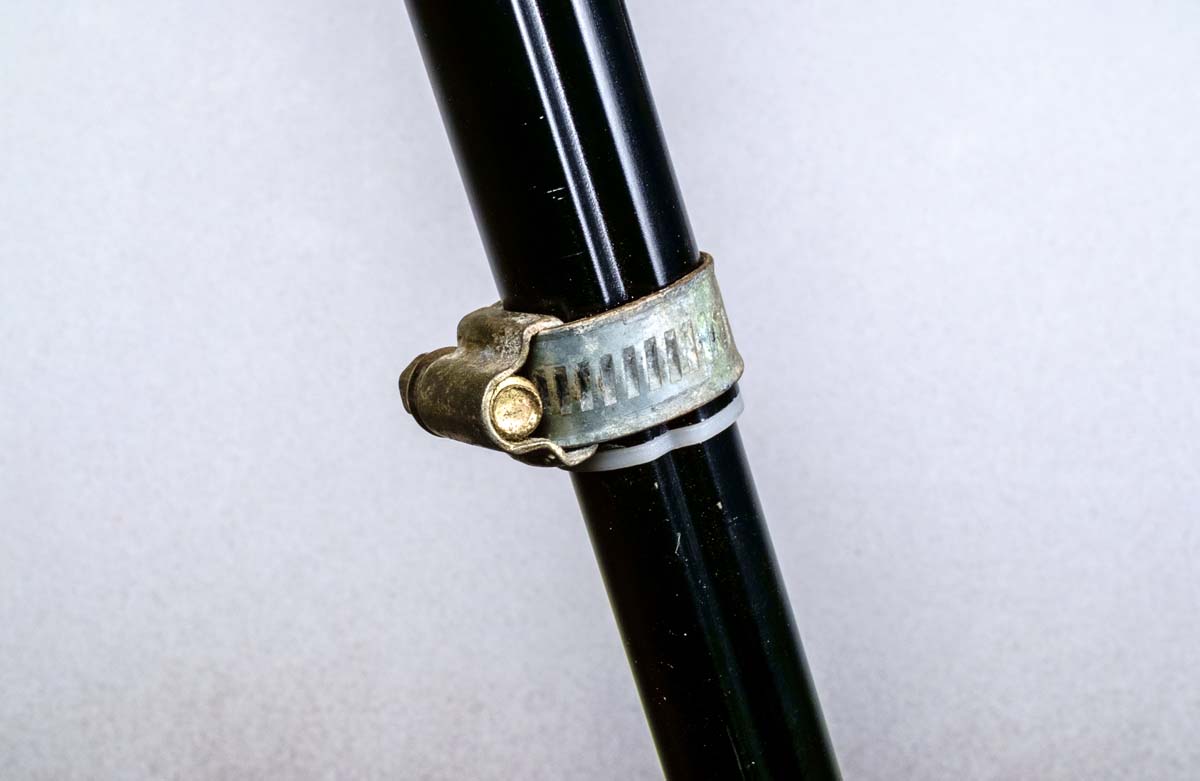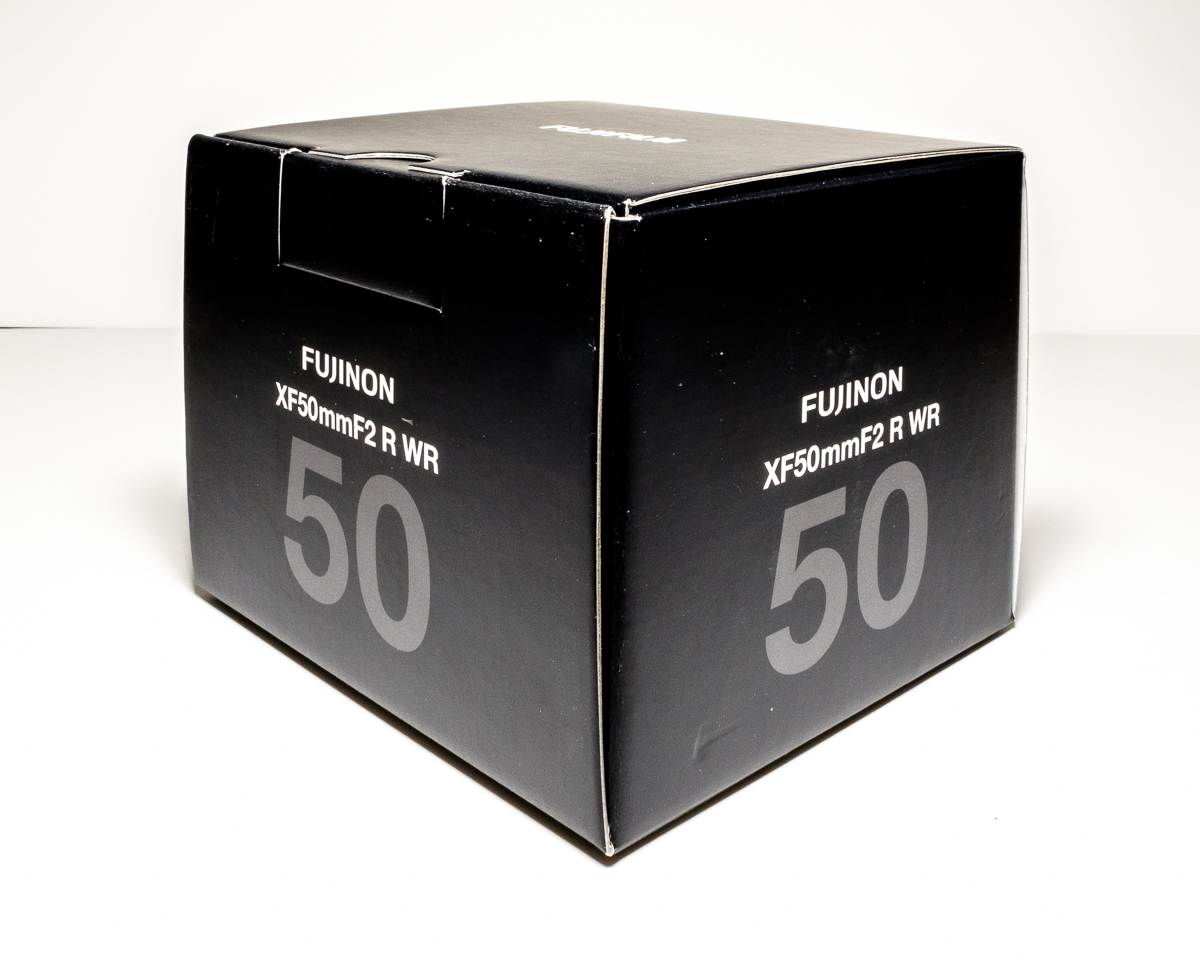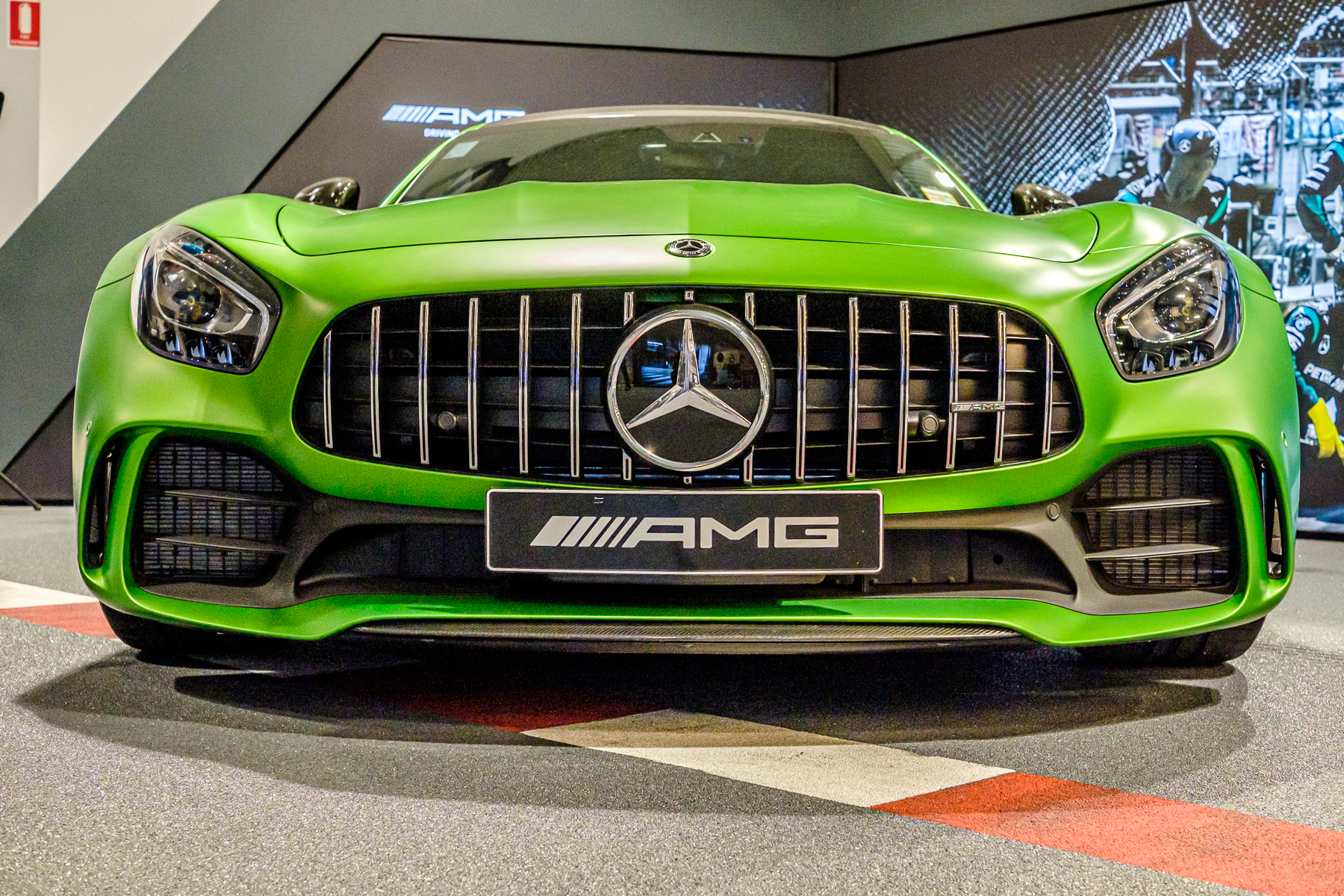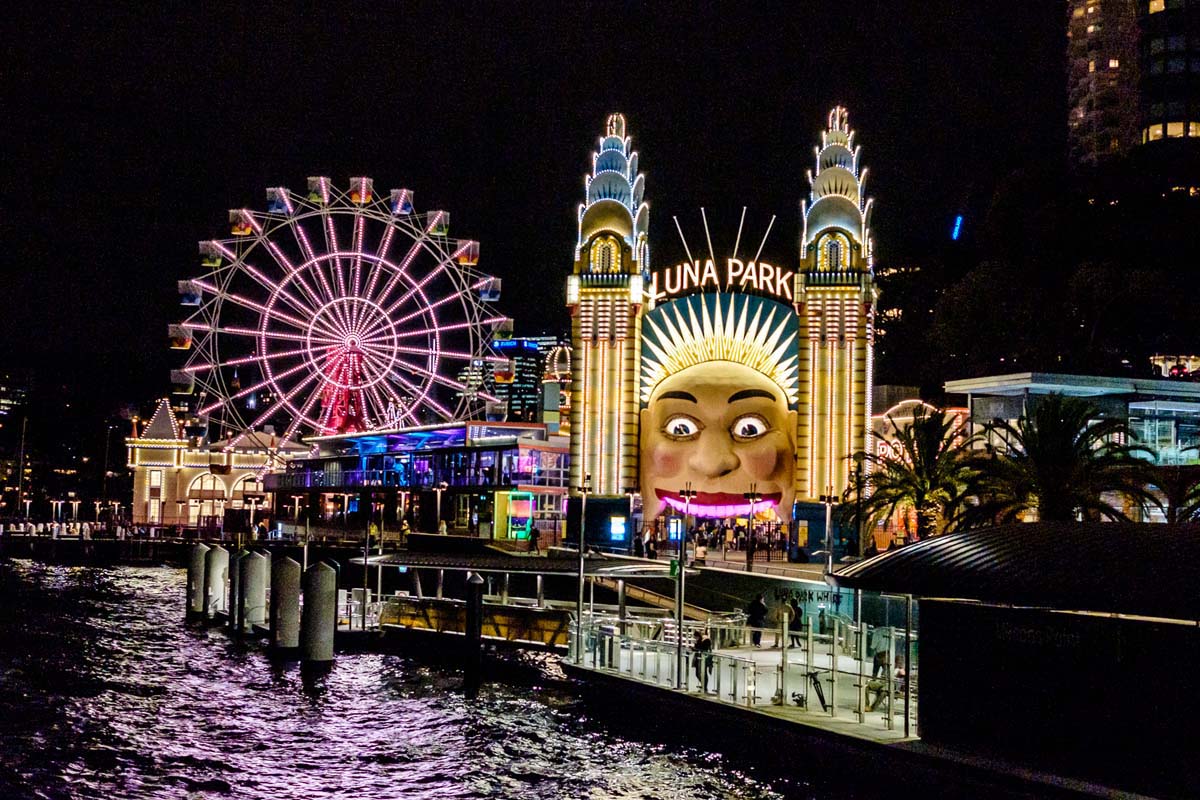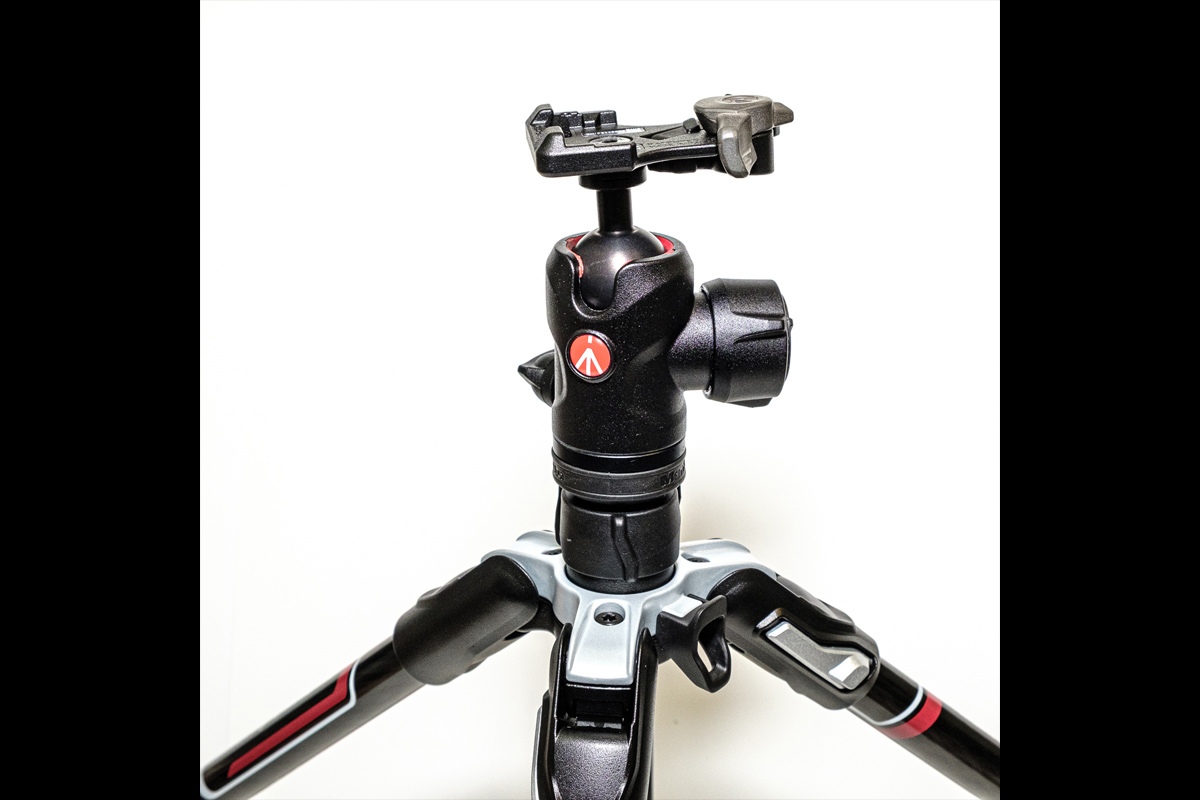28 Jun Poke A Key – Steer A Mouse – Tap A Screen
Photographers who may find themselves confined to their home for some time due to various reasons - illness, financial straits, or court order, for instance - can still have a lot of fun and learn many new facts by resorting to their computer and the resources of the internet. We'll leave aside the visual temptations of Icker, Monstagram, or any of the other purely presentational sites and direct you to technical ones. I mean, beautiful images are all very well for the professionals, but when you come right down to it, the amateur photographer wants specifications and technical comparisons, eh? So today's site is Dofmaster. Go to dofmaster.com and look at the variety of products you can get for your information devices. They do a number of electronic programs for the different forms of mobile phone or tablet and for the fixed computers. You can pop right into the depth of field calculator and experiment with the idea before you commit to anything. I use the free bit all the time to compare and contrast different lenses. The idea is you dial...




